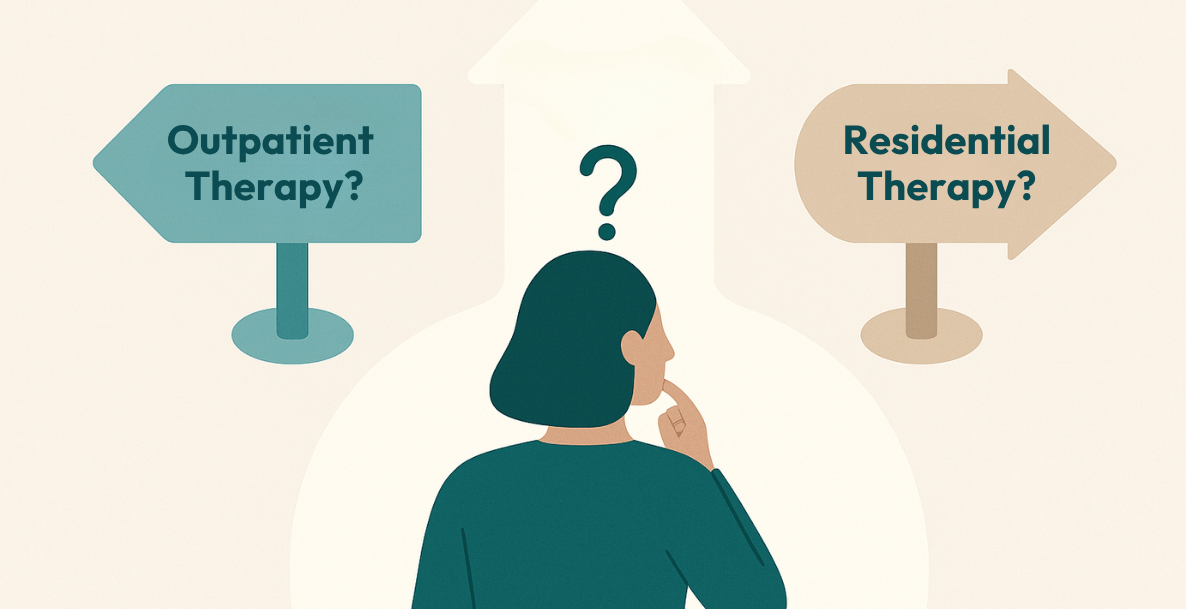We are all familiar with the automatic survival actions of fight or flight. However, there is a third, equally common response, which is not so commonly understood; freeze.
The term ‘fight or flight’ as an evolutionary survival response was coined in the 1920s by psychologist William James and physiologist Carl Lange. It was suggested that emotions occur as a result of physiological reactions to events. Emotions are not the same as feelings or moods; they are complex reactionary patterns involving experiential, physiological, and behavioural elements. [1]
- Experiential – this is a subjective experience or a stimulus, which invokes an emotion.
- Physiological – this is the way that our body reacts to the stimulus. This physiological response is the result of the autonomic nervous system’s reaction to the emotion we’re experiencing.
- Behavioural – this is the actual response to, and expression of, the emotion.
The three elements associated with emotions demonstrate how emotion is far more than a mental state. Emotion can affect our whole body and our health. The fight-flight-freeze response is an automatic response to danger, where strong emotion is invoked.
Fight-Flight-Freeze
The nervous system responses of fight, flight, and freeze are automatic survival actions that all mammals on the planet demonstrate. If you encounter a threat that you feel confident you can face, you respond with ‘fight’. If you encounter a threat that you know you cannot defeat, you will likely respond with ‘flight’. However, sometimes, the body will respond by ‘freezing’. This is the body’s unconscious decision to protect itself, like when a mouse plays dead when in the clutches of a cat. [2]
Freeze is a common response to those in chronic threat situations and who feel unable to protect themselves, such as a child abused in the home. When someone freezes, their body is trying to protect them and has decided it is the best tactic to survive the threat.
During a fight-flight-freeze response, numerous physiological changes occur.
The amygdala is the part of your brain responsible for detecting threat and perceiving fear. If danger is detected, the amygdala sends signals to the hypothalamus, which in turn stimulates the autonomic nervous system. [3]
The autonomic nervous system is composed of two parts, the sympathetic and parasympathetic nervous systems. Depending on which response is dominant at the time will determine how you respond to the threat. The sympathetic nervous system instigates the fight or flight response whilst the parasympathetic stimulates the freeze response.
The autonomic nervous system releases adrenaline and cortisol, which are stress hormones. These hormones are largely responsible for the physiological changes which occur. These responses commonly include:[4]
- Muscles – your muscles will tense, and be primed to run, or flee. In freeze response, you may go limp or rigidly immobile.
- Heart – your heart rate increases to bring more oxygen to your major muscles and organs.
- Lungs – breathing in fight or flight will speed up to deliver more oxygen to the blood; however, in freeze response, breathing may slow down or become restricted.
- Eyes & Ears – hearing will often become sharper, and attention to your peripheral vision increases to detect threats better.
- Skin – your skin, the largest organ of the body, reacts accordingly, either becoming cold, pale or clammy or increasing in temperature and becoming sweaty.
- Digestion – your gut may tense and become knotted or may loosen and relax, both of which can cause digestive discomfort.
- Pain – fight-or-flight can temporarily reduce your perception of pain.
How a person reacts to a threat is highly subjective and depends on their interpretation of the three emotional elements; experiential, physiology, and behaviour. In one situation, a person may shift between fight, flight, or freeze instinctively.
Trauma and the Freeze Response
A well-regulated nervous system will return to its natural state twenty to thirty minutes after the danger is passed. We see this with animals in the wild who understand how to respond to threats with their bodies effectively. [5] They will quite literally shake the energy from their bodies. However, with some individuals who have experienced trauma, and most specifically the freeze response, the traumatic energy can become stored and stuck in their bodies.
Traumatic events can create an exaggerated stress response resulting in an individual perceiving threat where there isn’t any. We all experience fear or being primed to fight if we walk past a gate with a growling dog behind it, a car horn startles us, or a friend jumps out at us. However, after the initial shock, our mind and body should recognise that we are safe, and our nervous system should revert back to a harmonious state.
For those with an exaggerated stress response and who have stored traumatic energy, their reactions to these situations are likely to be inappropriate or exaggerated and will be accompanied by acute emotional and physiological distress.
Feelings of shame and regret are common for trauma survivors who are trapped in the freeze response. It is especially prevalent for survivors of childhood abuse or sexual violence as they may ask themselves why they did not fight back or why they did not run. These negative thoughts can create a cycle of negativity and low self-worth, which perpetuates the trauma response of freeze within the body and the onset of mood disorders such as anxiety or depression.
An understanding of the freeze response system is key to helping these individuals heal. Tonic immobility[6] in rape and sexual abuse cases are common responses, and through compassion, an individual can move through the trauma. Tonic immobility, characterised by profound motor inhibition[7], comes into play when the threat appears inescapable. By understanding that their freeze response was not a conscious decision, and through recognising their reactions to a perceived threat in everyday life, it is possible to return the body to regulation.
Somatic Experiencing Therapy[8], which works with the mind and body as one entity, allows people to explore traumatic events whilst gaining joy, resilience, and compassion. Somatic Experiencing aims to connect our minds to bodily sensations. By bringing awareness to how a threat is played out within the body, we can uncover what perceived threats activate our survival response system and how we can deactivate them by renegotiating our reactions.
How we interpret and respond to the world contributes to our quality of life. If you or a loved one are struggling with any aspects we’ve discussed in this article, please get in touch today.
If you have a client, or know of someone who is struggling to heal from psychological trauma, reach out to us at Khiron Clinics. We believe that we can improve therapeutic outcomes and avoid misdiagnosis by providing an effective residential program and out-patient therapies addressing underlying psychological trauma. Allow us to help you find the path to realistic, long-lasting recovery. For information, call us today.
[1] “The Science Of Emotion: Exploring The Basics Of Emotional Psychology | UWA Online”. UWA Online, 2019, https://online.uwa.edu/news/emotional-psychology/.
[2] Schmidt, Norman B. et al. “Exploring Human Freeze Responses To A Threat Stressor”. Journal Of Behavior Therapy And Experimental Psychiatry, vol 39, no. 3, 2008, pp. 292-304. Elsevier BV, doi:10.1016/j.jbtep.2007.08.002. Accessed 12 May 2021.
[3] Robertson, David, and I Biaggioni. Primer On The Autonomic Nervous System. Elsevier/AP, 2012. Robertson, David, and I Biaggioni. Primer On The Autonomic Nervous System. Elsevier/AP, 2012.
[4] Hagenaars, Muriel A. et al. “Updating Freeze: Aligning Animal And Human Research”. Neuroscience & Biobehavioral Reviews, vol 47, 2014, pp. 165-176. Elsevier BV, doi:10.1016/j.neubiorev.2014.07.021. Accessed 12 May 2021.
[5] Payne, Peter et al. “Somatic Experiencing: Using Interoception And Proprioception As Core Elements Of Trauma Therapy”. Frontiers In Psychology, vol 6, 2015. Frontiers Media SA, doi:10.3389/fpsyg.2015.00093. Accessed 12 May 2021.
[6] Heidt, Jennifer M. et al. “Tonic Immobility And Childhood Sexual Abuse: A Preliminary Report Evaluating The Sequela Of Rape-Induced Paralysis”. Behaviour Research And Therapy, vol 43, no. 9, 2005, pp. 1157-1171. Elsevier BV, doi:10.1016/j.brat.2004.08.005. Accessed 12 May 2021.
[7] Volchan, Eliane et al. “Is There Tonic Immobility In Humans? Biological Evidence From Victims Of Traumatic Stress”. Biological Psychology, vol 88, no. 1, 2011, pp. 13-19. Elsevier BV, doi:10.1016/j.biopsycho.2011.06.002. Accessed 12 May 2021.
[8] Brom, Danny et al. “Somatic Experiencing For Posttraumatic Stress Disorder: A Randomized Controlled Outcome Study”. Journal Of Traumatic Stress, vol 30, no. 3, 2017, pp. 304-312. Wiley, doi:10.1002/jts.22189. Accessed 12 May 2021.







